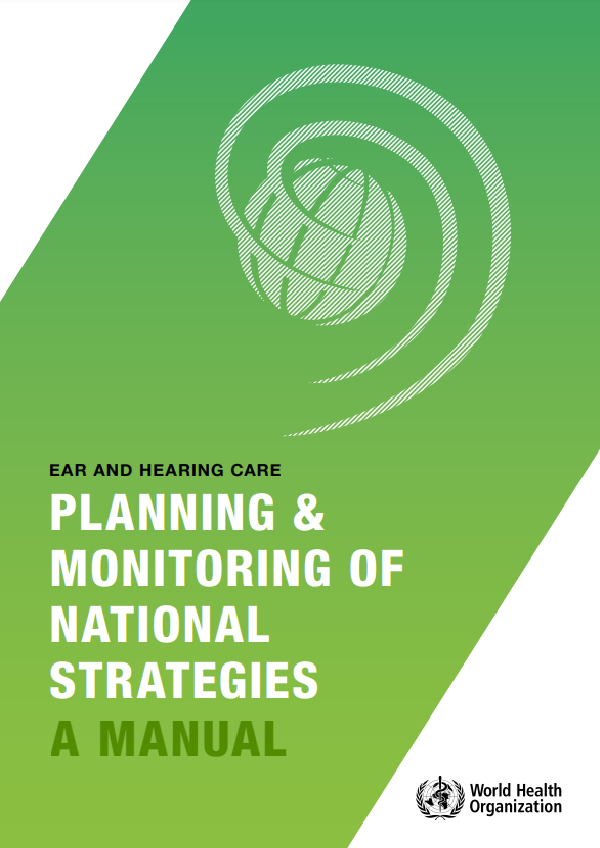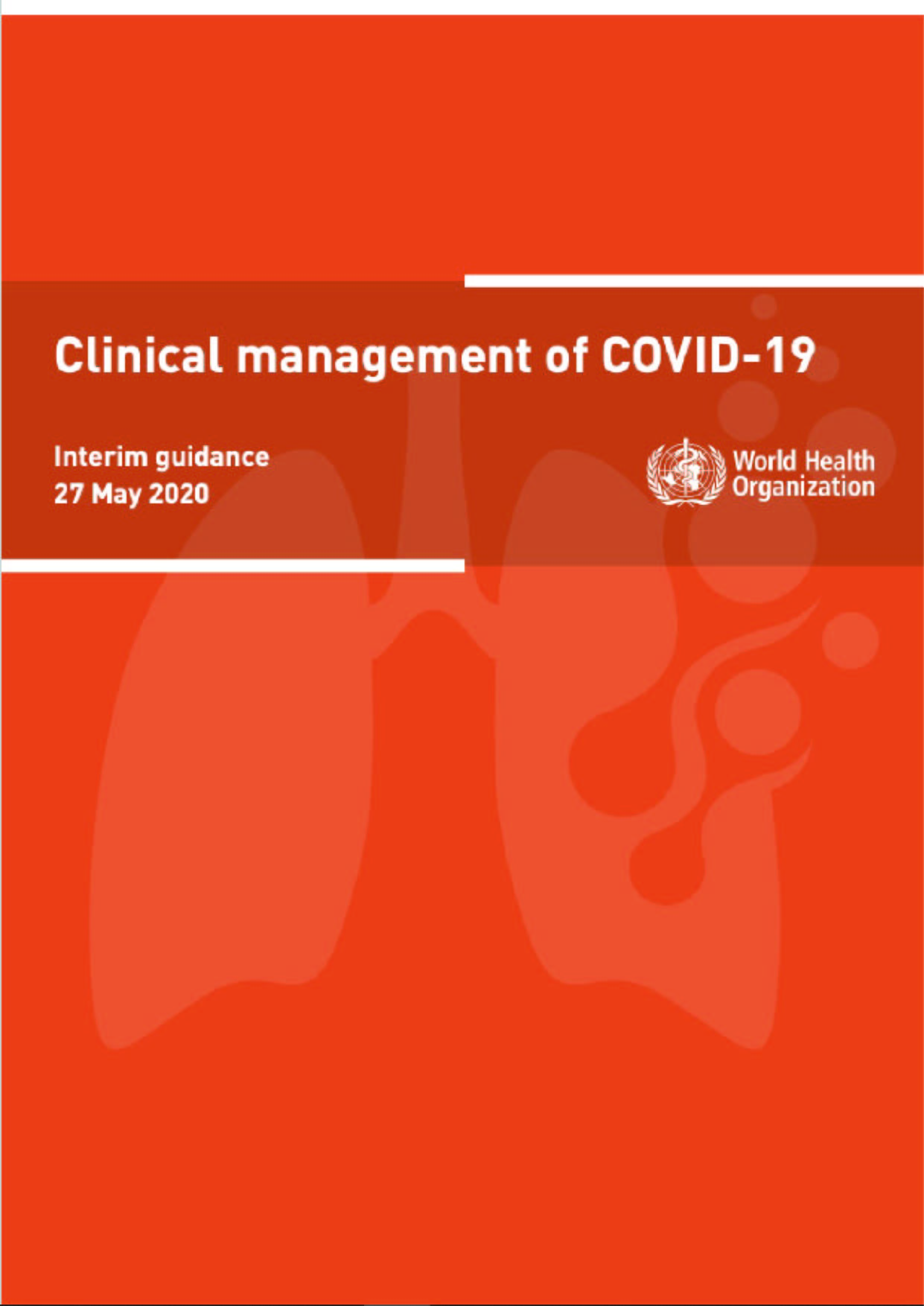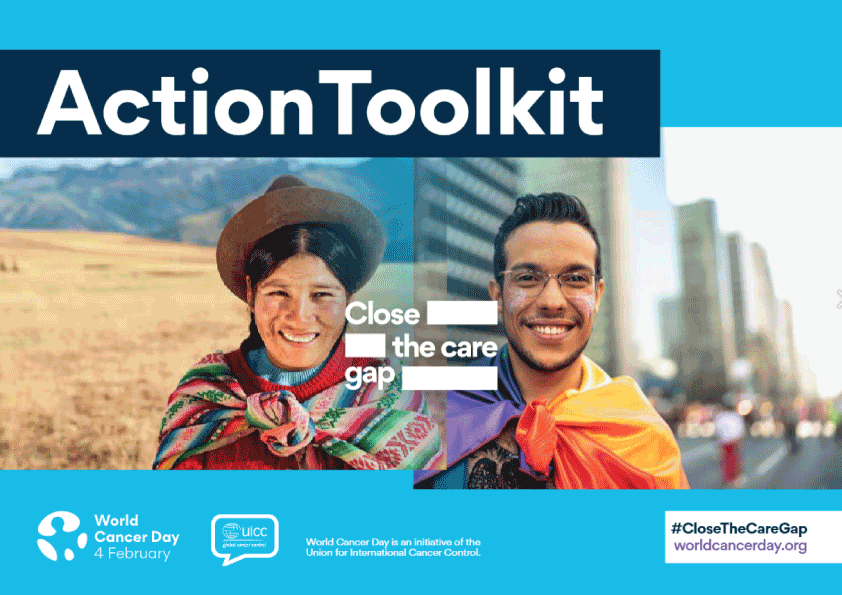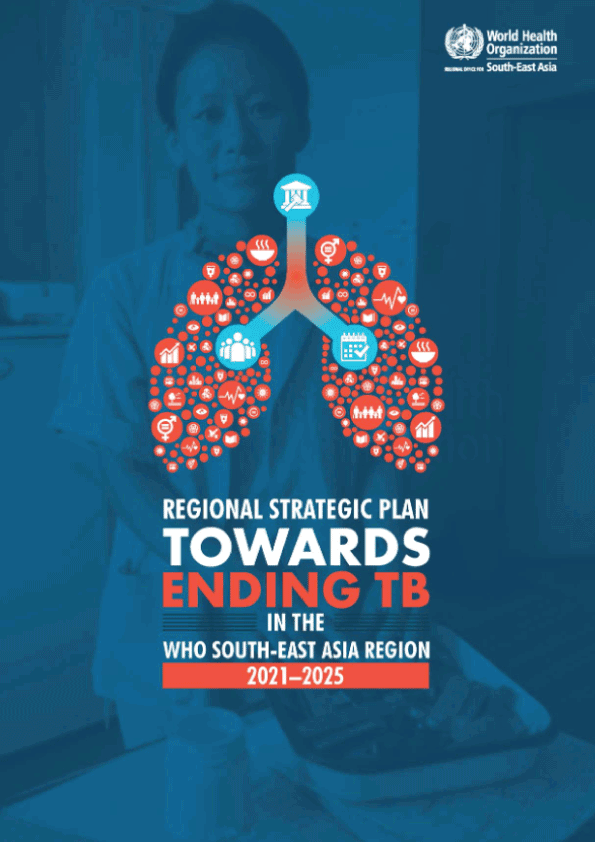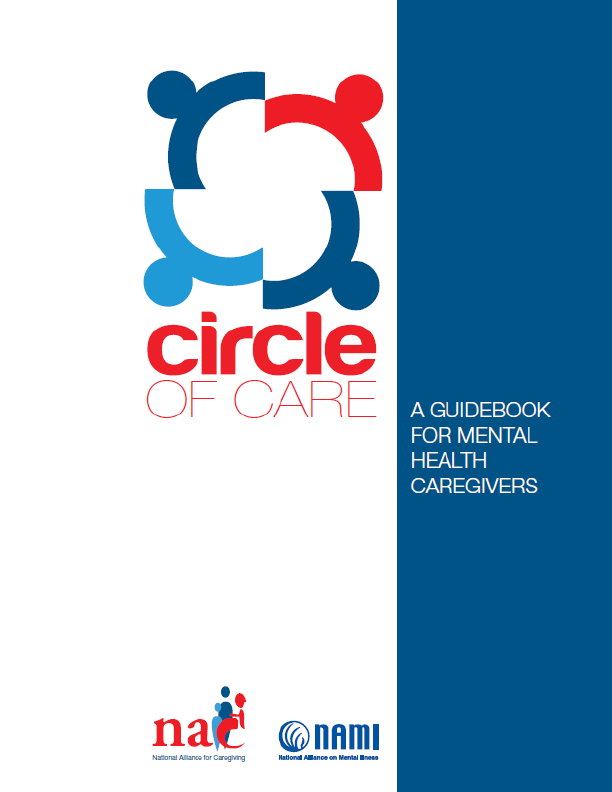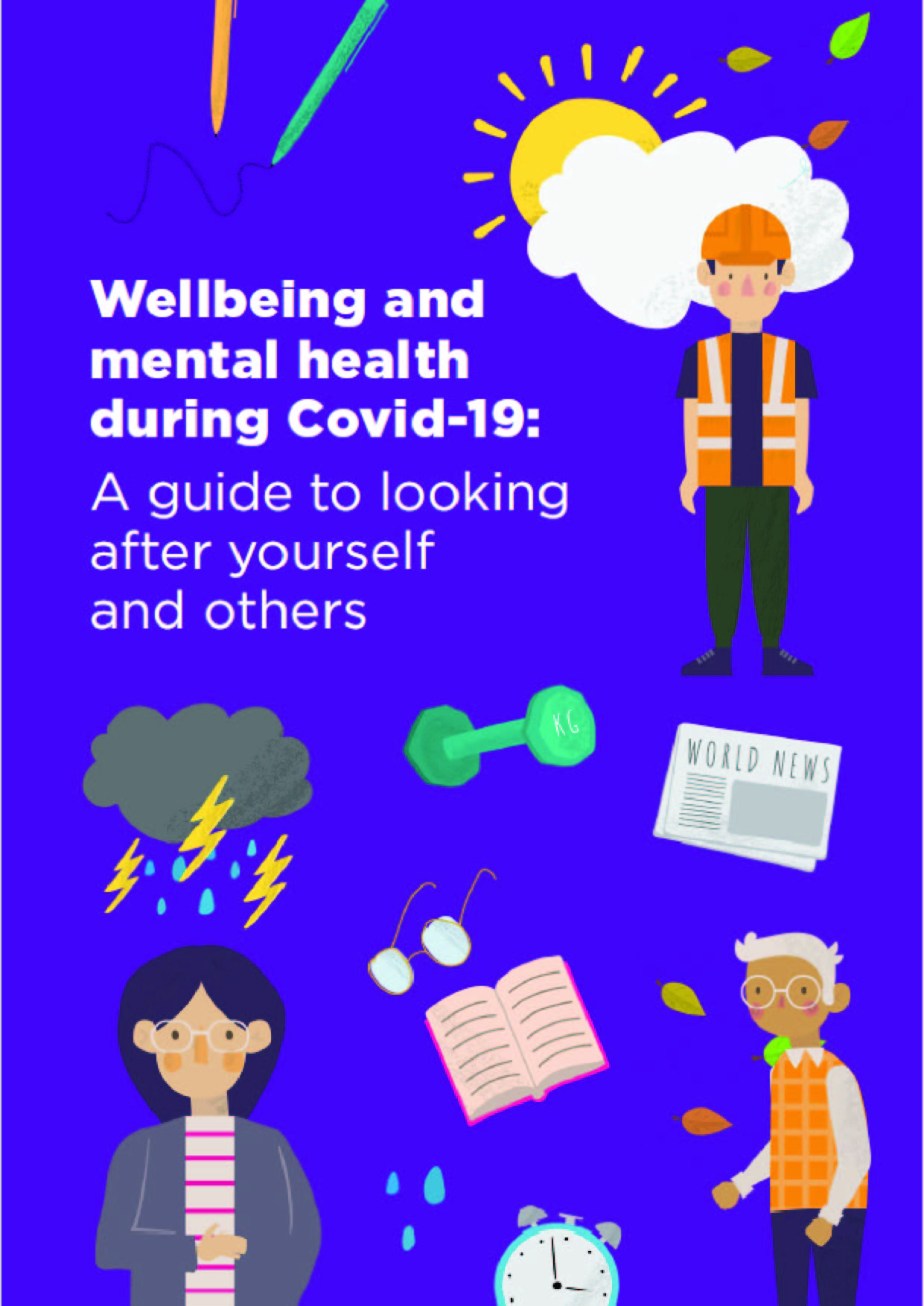Many causes of hearing loss can be prevented or mitigated. In addition, people who develop hearing loss can benefit from appropriate and timely interventions. The profile and causes of hearing loss vary greatly across and within regions, as does the availability of infrastructure and resources to address it. Hence, it is essential that each country develop its own strategic plan to deal with hearing loss and its causes.
A national ear and hearing care strategy should seek to reduce the prevalence, incidence, and impact of hearing loss in the community, through public health approaches that are integrated with the country’s health system and service delivery. The development of a holistic and integrated strategic plan is the first step toward ‘the provision of effective and sustainable ear and hearing care services.
This manual provides guidance on developing and implementing such a strategy. The manual can be used in combination with the Ear and Hearing Care Situation Analysis Tool, which provides a detailed framework for an initial situation analysis.
The planning process for a national ear and hearing care strategy comprises the following phases.
INTRODUCTION
An estimated 360 million people around the world have disabling hearing loss. Hearing loss has an impact not only on the individual concerned but also on the family, the community, and the country.
Many causes of hearing loss can be prevented or mitigated, including otitis media, exposure to excessive noise, exposure to ototoxic substances, and vaccine-preventable infectious diseases, such as meningitis, measles, mumps, and rubella. It is important that hearing loss is diagnosed early and that appropriate intervention is implemented. Many ear conditions, such as otitis media, can be effectively managed through medical and surgical approaches. In other cases, people with hearing loss can benefit from the use of hearing devices, such as hearing aids, assistive listening devices, and cochlear implants. Service provision needs to go beyond the clinician and to be integrated across the health system and beyond, to support educational and occupational services.
A recent WHO report revealed a lack of national strategic plans to address ear diseases and hearing loss in WHO Member States. Human resources for ear and hearing care are unequally distributed, with a much greater concentration in high- and upper-middle-income countries than in low- and lower-middle-income countries. In 1995, the World Health Assembly adopted resolution WHA48.9, which urged the Member States to prepare national plans for the prevention and control of major causes of avoidable hearing loss, and for its early detection and management within the framework of the primary health care system. A consultation on the promotion of ear and hearing care in the Member States was held at WHO Headquarters in Geneva, Switzerland, on 1–2 April 2015. During this meeting, it was agreed that WHO should develop technical tools to support the Member States in the planning and implementation of national ear and hearing care strategies.
This manual is one such tool and provides guidance on the development of a national ear and hearing care strategy. It outlines the planning process, with a special focus on practical aspects, recognizing that each country has its own particular priorities and available resources. It is one of a series of publications on the planning and monitoring of ear and hearing care services. It is accompanied by a tool that facilitates situation analysis for ear and hearing care within the health system. Future publications will include one on the components of national ear and hearing care plans.
